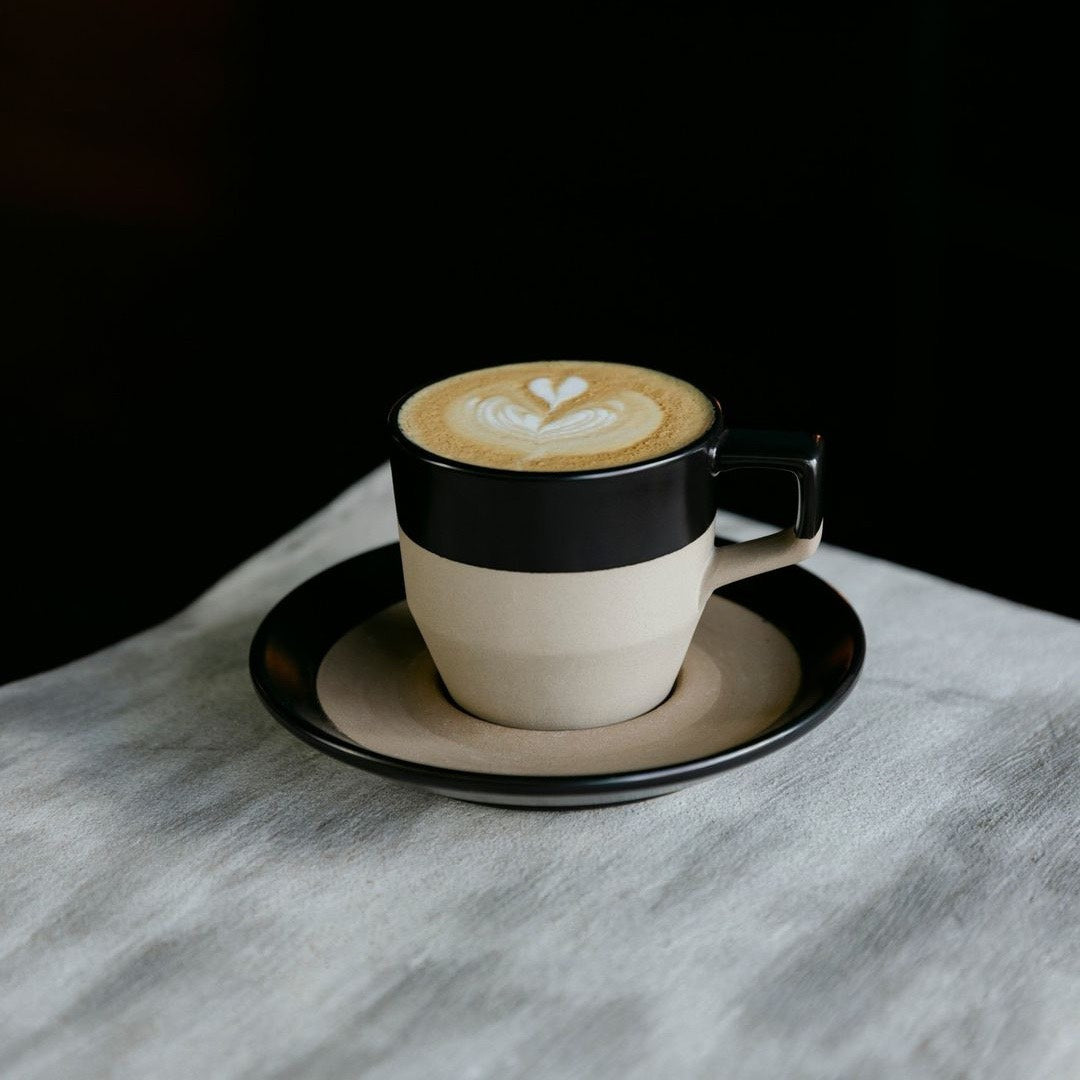🚨 We are on vacation ☀️ All orders will ship on September 15th 🚨
Free shipping across Canada 2 bags or 1kg 🤩
🚨 We are on vacation ☀️ All orders will ship on September 15th 🚨
Free shipping across Canada 2 bags or 1kg 🤩
🚨 We are on vacation ☀️ All orders will ship on September 15th 🚨
Free shipping across Canada 2 bags or 1kg 🤩
Gaining popularity fast, the Australian flat white remains as appealing as ever, nearly a decade since its introduction in North America. Occupying a sweet spot between the latte's size and the cappuccino's creaminess, the flat white offers a unique and delightful coffee experience. If you're making it at home or visiting a local coffee shop for a flat white is highly recommended.
Debates over the flat white's origin persist, with claims from both Australia and New Zealand. Australian Alan Preston asserts he was the first to menu the drink in Sydney, stemming from customer requests for a white coffee flat. Conversely, New Zealander Fraser McInnes attributes its creation to a low-fat milk mishap while making a cappuccino.
Regardless of its true birthplace, the flat white's global spread and popularity are undeniable, fueled by the emergence of latte art and the desire for a milk-based espresso with less foam.
1/3 of espresso
2/3 microfoam milk or alternative milk
Grind for a double shot of espresso.
Pour a short double espresso (2oz) into a 5-6 oz glass.
In a pitcher, warm milk or a plant-based substitute.
Pour the milk on the side of the glass. The milk foam will go under the crema and remain intact.
A flat white uniquely balances its steamed milk in both volume and texture, offering a middle ground with less foam than a cappuccino, less milk quantity than a latte, but more than the cortado.
The name of the drink is inspired by its layer of flat, white microfoam, which, finer than typical milk foam, contains micro-bubbles that deliver a distinctly creamy sensation and blend effortlessly with the espresso crema for a rich, tactile experience.
Achieving the right microfoam for a flat white can be challenging for beginners, as it depends on the milk type and espresso machine. We suggest gently steaming whole milk to create less foam but capture small bubbles for the ideal flat white surface. The milk's texture for flat whites is thin, making it difficult to make latte art.
The distinction between flat whites and lattes lies in their milk composition and preparation method. Lattes feature a larger quantity of steamed milk with more foam, resulting in a lighter coffee taste, whereas flat whites have a greater coffee-to-milk ratio and less microfoam that intensifies the espresso’s flavor.
The flat white's uniqueness lies in its balance of espresso strength and microfoam texture, creating a smooth experience. This distinct blend is ideal for enthusiasts who enjoy espresso's intricate flavors and milk's subtle creaminess equally, without one overshadowing the other.

Comments
There are no comments.
Your comment